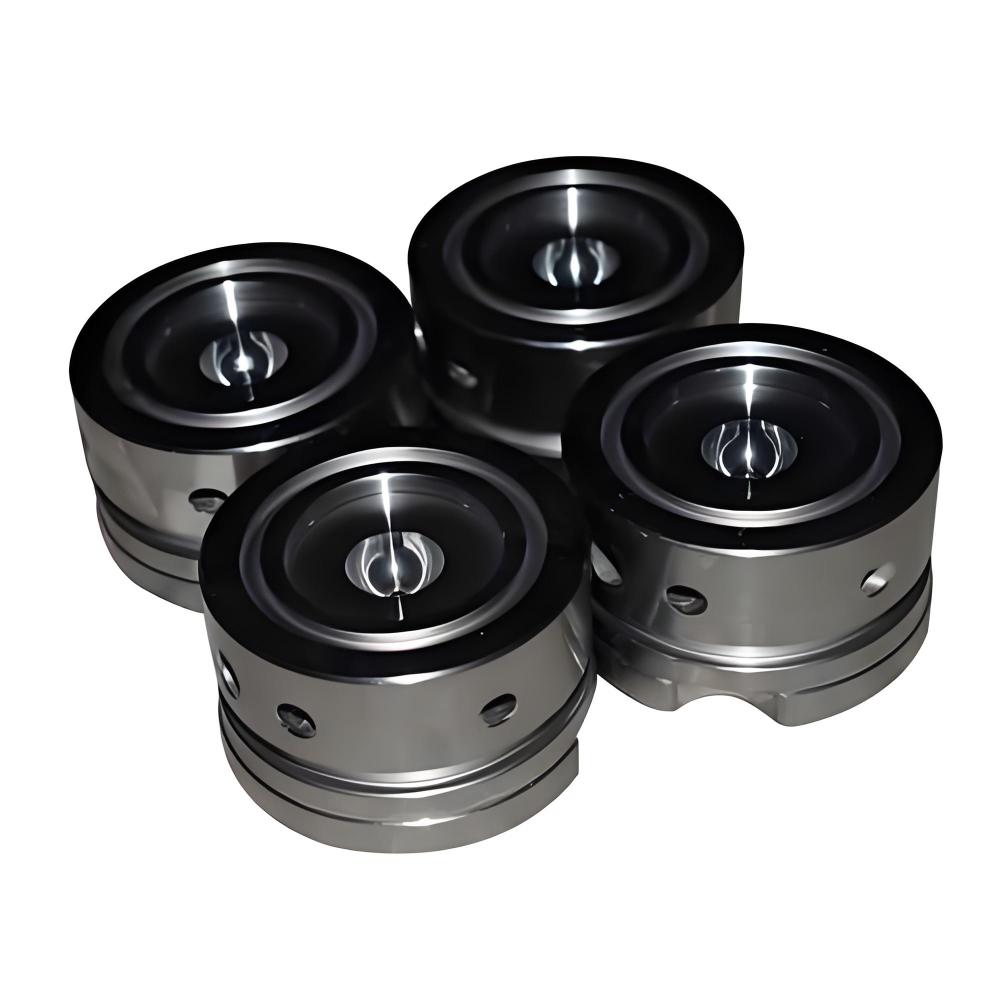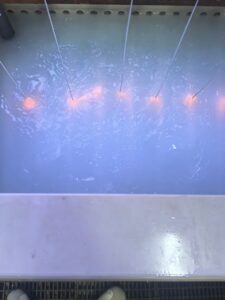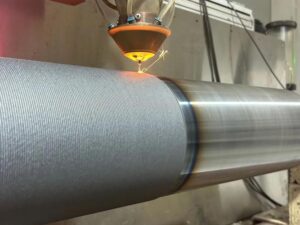Few materials have had as profound an impact on modern industry as Teflon coating. Originally famous for revolutionizing cookware, this PTFE-based fluoropolymer has since become indispensable in precision manufacturing, automotive engineering, and electronics. Known for its non-stick surface, chemical resistance, and exceptional durability, Teflon coating is now a key technology that enhances performance, extends lifespan, and reduces maintenance in countless applications.
In this guide, we’ll take an in-depth look at what Teflon coating is, its various types, core properties, and how industries around the world use it to improve their products and processes.
What Is Teflon Coating?
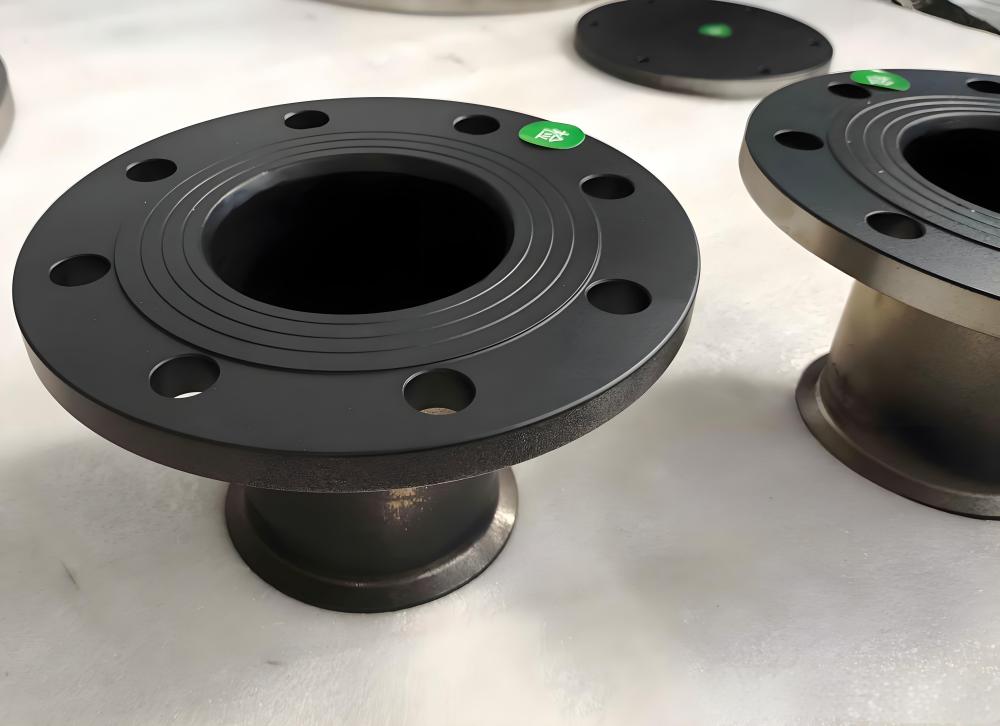
Teflon, the trade name for polytetrafluoroethylene (PTFE), is a synthetic fluoropolymer developed by DuPont in 1938. It is applied to surfaces as a protective non-stick coating that reduces friction, resists corrosion, and prevents substances from adhering.
Unlike traditional surface finishes, Teflon forms a smooth molecular layer that repels liquids, oils, and contaminants. Once applied — through spraying or dipping — and cured under high heat, it creates a thin, durable, and chemically inert surface capable of withstanding harsh industrial environments.
This versatility has made PTFE coatings essential in both industrial engineering and consumer products, providing a practical combination of efficiency, durability, and low maintenance.
Types of Teflon Coating
Not all Teflon coatings are identical. Each variant offers unique advantages tailored to specific operational demands:
1. PTFE (Polytetrafluoroethylene)
The original Teflon coating — renowned for its superior non-stick performance and ability to withstand high temperatures (up to 260°C / 500°F). Commonly used in cookware, molds, and mechanical parts where low friction is critical.
2. FEP (Fluorinated Ethylene Propylene)
A softer, more flexible version of PTFE. FEP coatings excel in chemical processing equipment and applications requiring easy re-melting and reshaping.
3. PFA (Perfluoroalkoxy)
Combines PTFE’s non-stick properties with enhanced abrasion resistance and high-temperature tolerance. Ideal for semiconductor manufacturing and industrial ovens.
4. ETFE (Ethylene Tetrafluoroethylene)
Known for its exceptional toughness and weather resistance, ETFE coatings are used in architectural structures, automotive components, and aerospace assemblies.
By understanding these variations, manufacturers can select the right fluoropolymer coating for their performance, cost, and environmental requirements.
Key Properties of Teflon Coatin
Teflon coatings are prized for their unique balance of mechanical and chemical properties. Below are the features that make industrial Teflon coatings so effective:
Non-Stick Surface
Teflon’s low surface energy prevents adhesion from materials such as resins, adhesives, or food residues. This property simplifies cleaning and reduces downtime in manufacturing operations.
High Thermal Stability
With heat resistance up to 500°F (260°C), PTFE coatings retain their structure in high-temperature manufacturing, from molding tools to engine components.
Outstanding Corrosion Resistance
Teflon resists acids, alkalis, and solvents — making it a reliable coating for chemical processing, pharmaceutical equipment, and industrial piping systems.
Low Friction Coefficient
Teflon offers one of the lowest friction coefficients of any solid material. This significantly minimizes wear and extends the lifespan of moving parts.
Electrical Insulation
Thanks to its dielectric strength, Teflon provides excellent insulating protection for electrical components and circuit boards, ensuring operational safety and reliability.
Applications of Teflon Coating
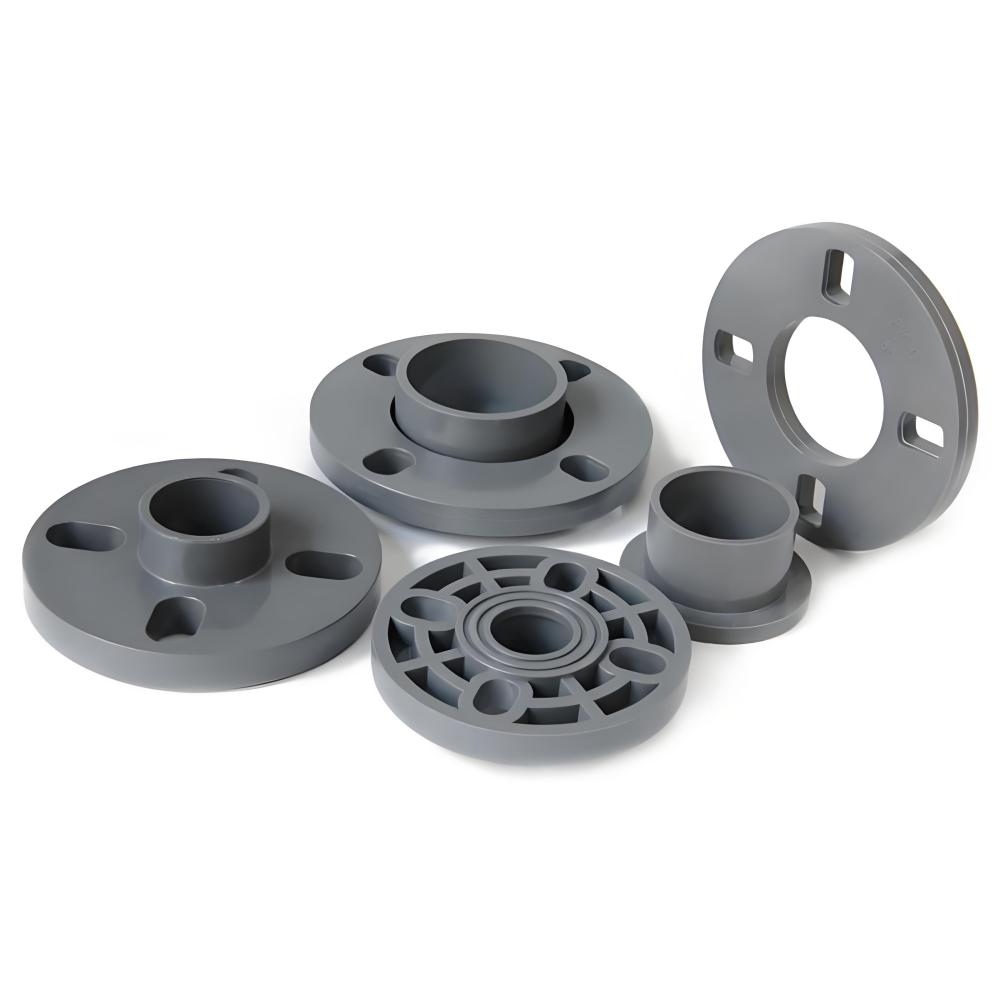
The scope of Teflon coating applications is remarkably broad, spanning industries from aerospace to healthcare. Here’s where it makes the biggest impact:
Precision Machining
Teflon-coated tools and molds reduce friction, prevent material buildup, and extend tool life — crucial for maintaining accuracy in CNC machining and injection molding operations.
Kitchenware and Food Processing
Teflon revolutionized cookware with its easy-release, non-stick surface. In industrial food processing, it ensures hygiene, reduces residue buildup, and resists bacterial contamination.
Automotive Engineering
Teflon-coated bearings, gears, and pistons enhance fuel efficiency and reduce mechanical wear. Its chemical resistance also protects engine components from corrosion.
Medical and Pharmaceutical
Because it’s biocompatible, Teflon is used to coat surgical tools, catheters, and medical implants, lowering friction and minimizing tissue irritation.
Aerospace and Electronics
In aerospace, PTFE coatings withstand extreme temperatures and chemical exposure. In electronics, they protect sensitive circuits and provide superior dielectric insulation.
These wide-ranging applications demonstrate why Teflon surface treatments are now standard in advanced manufacturing.
Advantages of Teflon vs. Other Coatings
When compared to other coating materials, Teflon consistently offers distinct advantages:
- Superior Non-Stick Performance: Unlike ceramic or enamel coatings, Teflon retains its slick surface even under continuous use.
- High Chemical Resistance: Outperforms most organic coatings in aggressive environments.
- Cost-Effective: Provides strong performance at a fraction of the cost of premium coatings like DLC (Diamond-Like Carbon).
- Broad Material Compatibility: Can be applied to metals, plastics, and glass, offering design flexibility.
These qualities make Teflon a preferred option where performance, durability, and affordability must work together
Limitations and Considerations
While highly versatile, Teflon coatings have certain boundaries to consider:
- Wear Resistance: The softer surface can scratch under abrasive conditions; reinforced variants like PFA or ETFE are better suited for high-wear environments.
- Temperature Limits: Prolonged exposure above 500°F may degrade PTFE coatings.
- Application Complexity: Requires skilled application and curing processes to ensure uniform adhesion.
- Environmental Evolution: Modern PTFE coatings are now PFOA-free, aligning with global sustainability and safety standards.
Understanding these factors ensures the coating performs optimally within its intended use.
Future Outlook: Next-Generation Fluoropolymer Coatings
The future of Teflon and fluoropolymer technology continues to evolve alongside new industrial needs:
- Eco-Friendly Formulations: Manufacturers are adopting sustainable, PFOA-free Teflon coatings to meet environmental regulations.
- Enhanced Abrasion Resistance: New composite coatings extend durability for heavy-duty applications.
- Adaptive Surfaces: Research is exploring Teflon-based smart coatings that react to temperature, pressure, or chemical exposure.
- Expanding Industry Use: From renewable energy to biotech devices, next-generation fluoropolymers are opening doors to new possibilities.
These innovations will further strengthen Teflon’s reputation as a cornerstone material in global manufacturing.
Partner with Precionn for Advanced Teflon Coating Solutions
As a trusted provider of precision machining and surface finishing, Precionn delivers customized Teflon coating services that meet international standards for quality and reliability.
Our expertise in PTFE and fluoropolymer coatings allows clients to:
- Enhance component performance
- Minimize friction and wear
- Increase chemical and temperature resistance
- Extend product lifespan
Whether you’re in aerospace, automotive, or food processing, Precionn offers the technical insight and precision manufacturing capabilities to deliver results that last.

